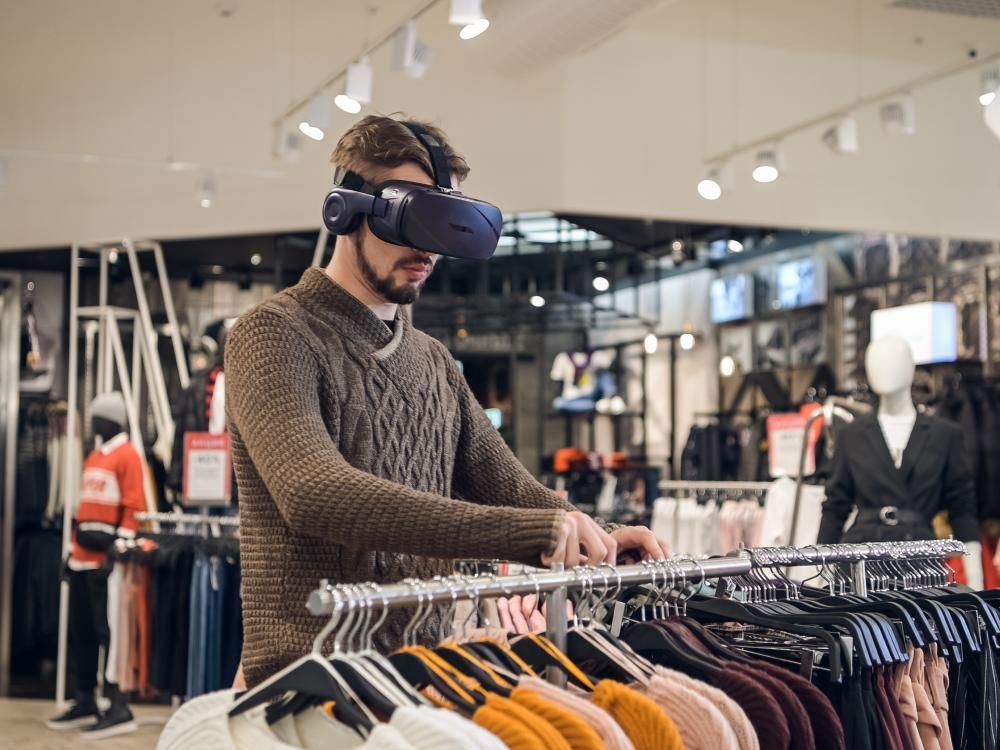Optimizing inventory management
Predictive analytics help companies accurately forecast inventory needs and required stock levels by examining past purchase patterns and real-time inventory data from retail IoT systems installed across warehouses. Insights into future demand and inventory levels allow companies to plan and optimize their supply chain more efficiently.


.png)






